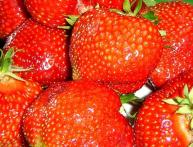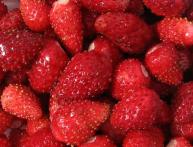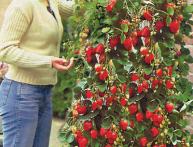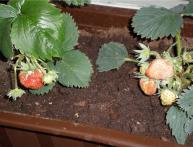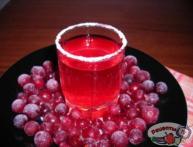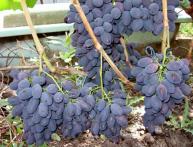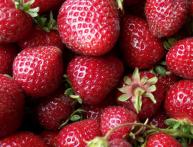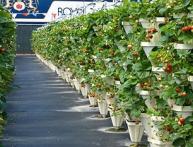The best fertilizers for currants and rules for their application
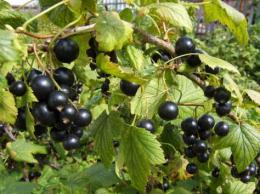
High-quality soil with a sufficient amount of nutrients is the key to the normal development and high yield of any garden and vegetable crop. Moreover, this condition is most important for bush plants and trees that grow in the same place for many years, in particular, currants, which “pulls” all nutritional components from the ground extremely quickly. Therefore, correctly selected and timely applied fertilizers for currants are one of the essential conditions for obtaining a rich harvest.
This crop requires the greatest amount of nutrients during the period of active growth of young shoots, leaves and fruit ripening, that is, in spring and summer. Fertilizers for currants (in general, both mineral and organic are suitable, but preference is best given to the former) are applied from all sides of the bush, evenly, so that the radius of the fertilized soil is slightly larger than the radius of the crown. In this case, fertilizing should be carried out according to the phases of plant development.
Nitrogen fertilizers, for example, ammonium nitrate, are best applied as top dressing in the spring, and phosphorus and potassium fertilizers in the fall, before digging. The rate of nitrogen, potassium and phosphorus fertilizers for one currant bush is 60-75, 30-40 and 60-100 grams, respectively, however, depending on the condition of the plant, this rate may decrease slightly or, on the contrary, increase.Fertilizing should be done annually, but if a sufficient amount of mineral and organic fertilizers were added to the ground during planting, then in the first two years there will be enough nutrients in the soil.

